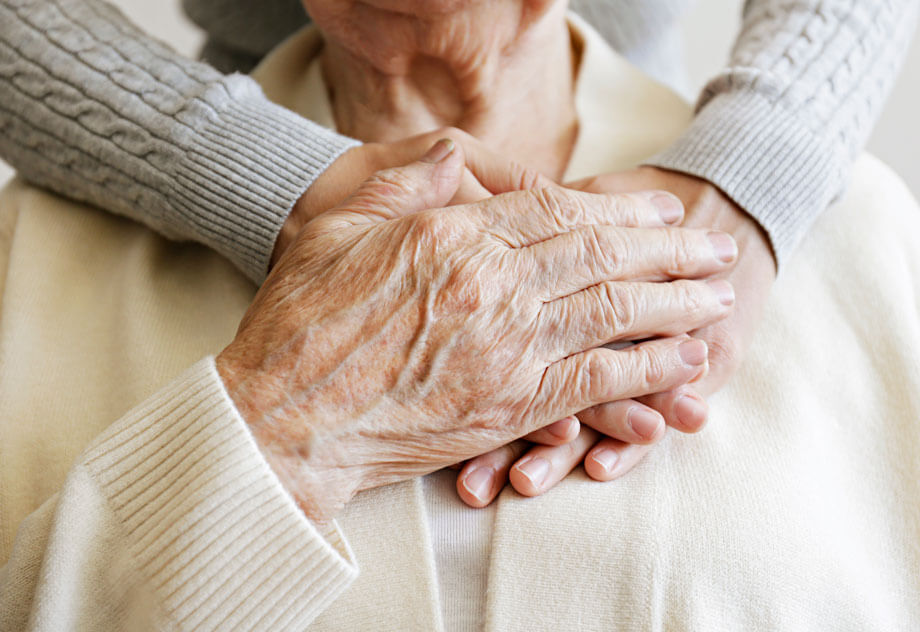“Why would you want to study that?”
This is a question I have received when I share that I research the genetics of frailty — a rather abstract health trait that seeks to describe the increased susceptibility to disease and deterioration of health as individuals age.
As an abstract concept, frailty can be hard to measure. Is it a single trait (for example, only experiencing falls), or is it many traits (such as the comorbidity of chronic diseases and falls amid other conditions)? Do we use a single measure to capture this trait or multiple measures? What would you put in a composite measure of “frailty”?
Different researchers have set out to answer this question. Fried et al. (2001) developed a single index called the Fried frailty phenotype, which consists of five measures: weakness, slow walking speed, low level of physical activity, fatigue and unintentional weight loss. Another proposed measure is the frailty index, which accounts for 50 variables that span psychological well-being and immunological, respiratory and gastrointestinal conditions, among others.
While some individual traits, such as experiencing falls, may characterize the aging process for many individuals, they are not to be taken as sole markers of frailty, but rather as individual components of a larger web. In my research, I’m studying the way these individual components relate to each other, as well as to the larger web, and I am connecting this with genetic data to examine whether there are genetic underpinnings to frailty.
Yet, that still did not completely answer the question: Why study frailty? In thinking about the potential impact of my research, I have often wondered, what do I know of the issues that affect the elderly population?
In this question is the acute awareness that I have been limited in my understanding of the social issues that elderly people face. This could be, in part, because I was raised in Dubai for most of my adolescence among a predominantly immigrant population, with 87.9% of the population requiring a work visa to reside in the country; a majority immigrant professional population inevitably sways the population demographic toward younger ages. Another reason for my unfamiliarity could be that just as there are often only a few priority seats on a bus or train, we are often trained to think about older adults as not occupying a large or influential space in society.
That could not be further from the truth.
Indeed, in a 2019 World Population Prospects Report by the United Nations, it was predicted that by 2050, 1 in 6 people globally will be above the age of 65 years, compared with 1 in 11 in 2019. This number is only the average across countries — in more industrialized and economically developed countries that experience a greater decline in fertility and an increase in longevity, those who are age 65-plus are expected to account for about 1 in 4 people.
This impending shift in the way we structure society, health care, finance and labor has prompted some people to call this demographic change a “gray tsunami” — a metaphor that is rightfully criticized for its negative connotation. Such rhetoric is a response to catastrophizing predictions that the demographic transformation will overwhelm the health care system and bear negative consequences for the economy, the latter of which David Rotman cautions against believing in an article in MIT Technology Review.
Similarly, I wonder if the discourse on the effect that an aging population will have on the health care system requires more nuance. Is this demographic shift introducing new issues or magnifying existing ones? Geriatric training is already lacking for both generalists and specialists, and accessibility issues such as activity limitations restrict how frequently older adults seek care.
The National Academy of Medicine proposes six policy directions to improve care and quality of life for older patients. These include: creating an adequately prepared workforce by training all members in geriatric care principles and encouraging geriatric specialization; strengthening the role of public health in promoting age-friendly programs to encourage fresh food, exercise and social engagement for older adults; remediating disparities and inequities by taking into account social determinants of health, including structural racism and/or social isolation; developing new approaches to deliver care through telehealth services and improving its accessibility in areas of low digital literacy; allocating resources to palliative and end-of-life care; and redesigning long-term services and supports by improving the quality of care in nursing homes and providing universal electronic health records to prevent health care discontinuity across health care institutions.
Having reflected on the importance of studying and supporting elderly populations, I revisit the image of the priority seats in my mind. We will all come to occupy different seats in our life journey, and the few we have designated for older adults is soon to grow. I now ask myself whether we are prepared to create enough space or whether we will sit idly by.
Related Content
- Reflections on Aging and Geriatrics
- From Gilgamesh to Biotech: The Unending Quest for Longevity
- The Simplest of Remedies: Rediscovering the Experience of Healing
Want to read more from the Johns Hopkins School of Medicine? Subscribe to the Biomedical Odyssey blog and receive new posts directly in your inbox.
